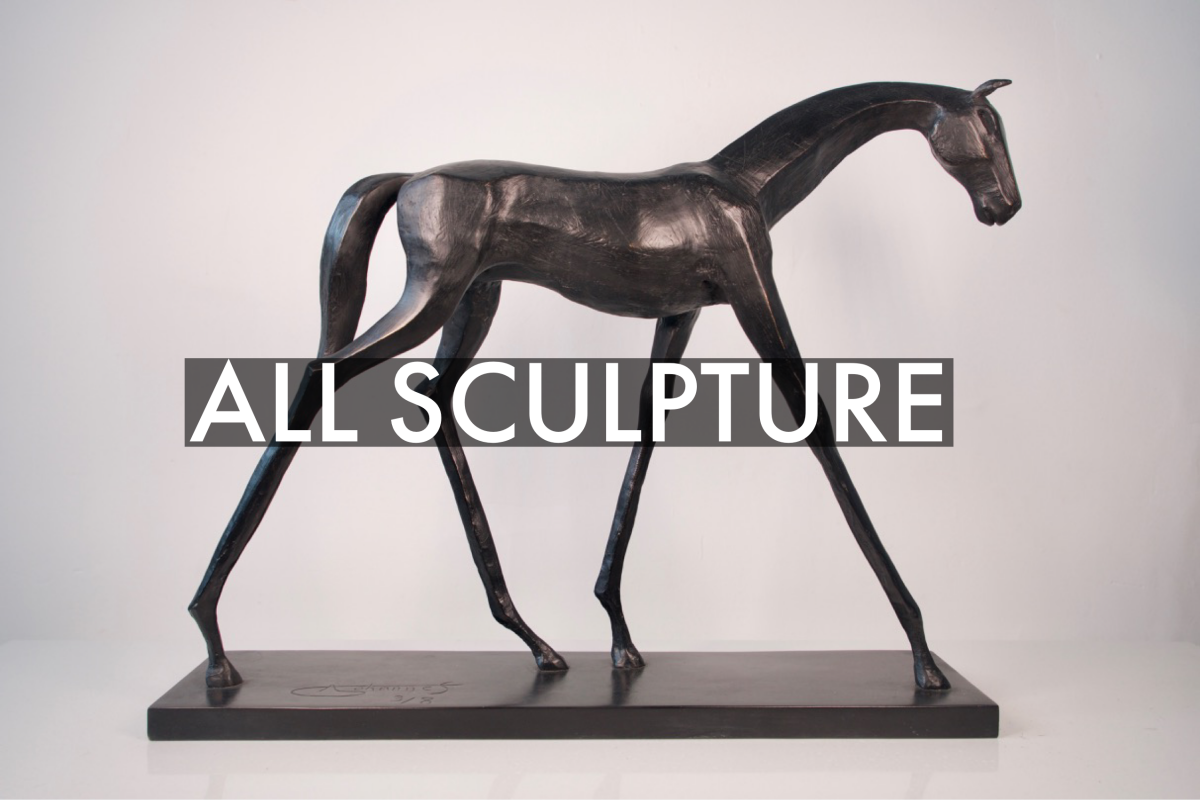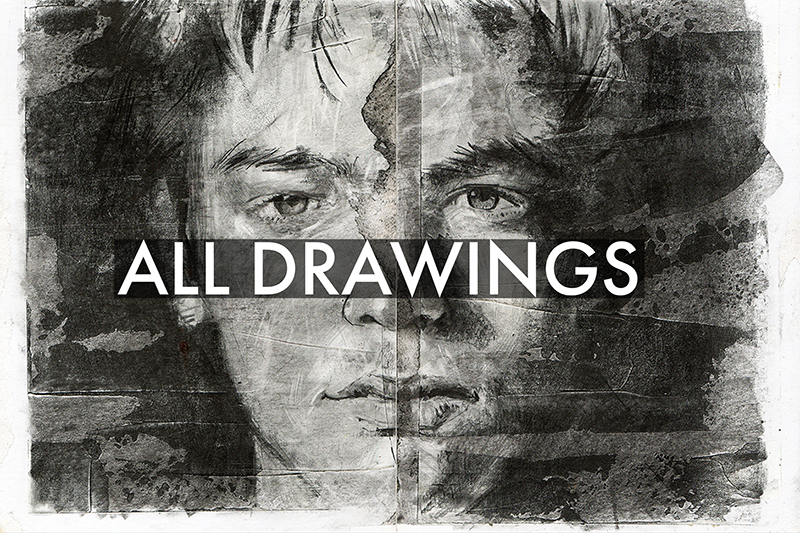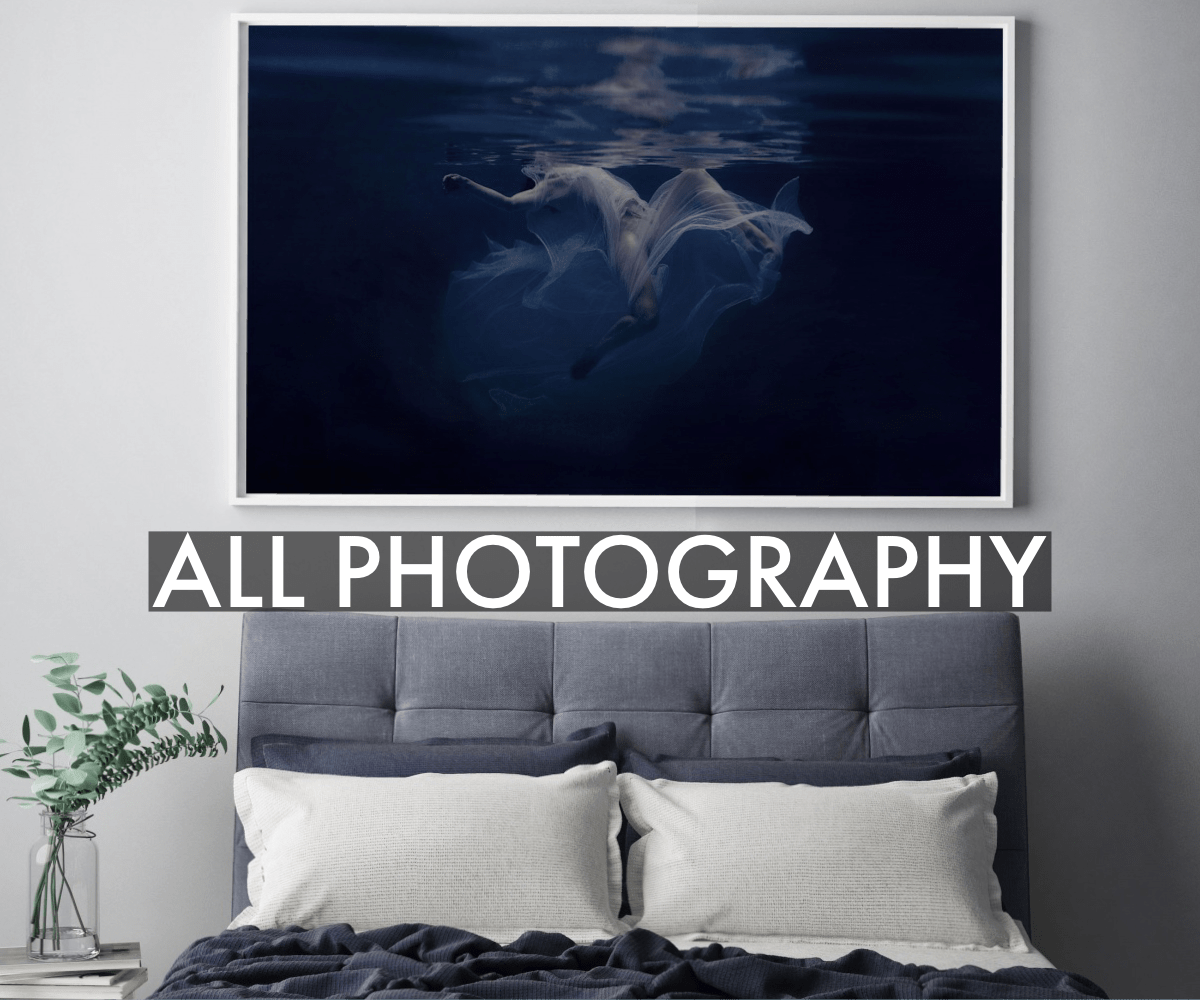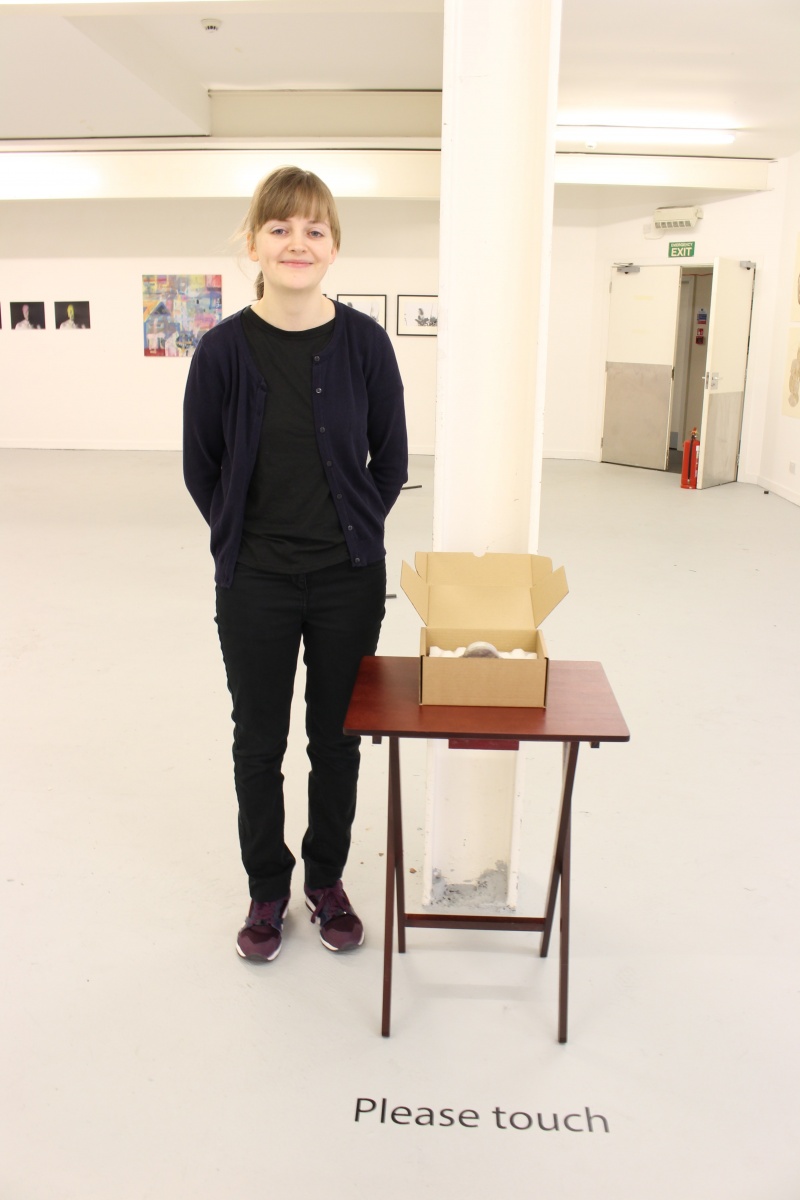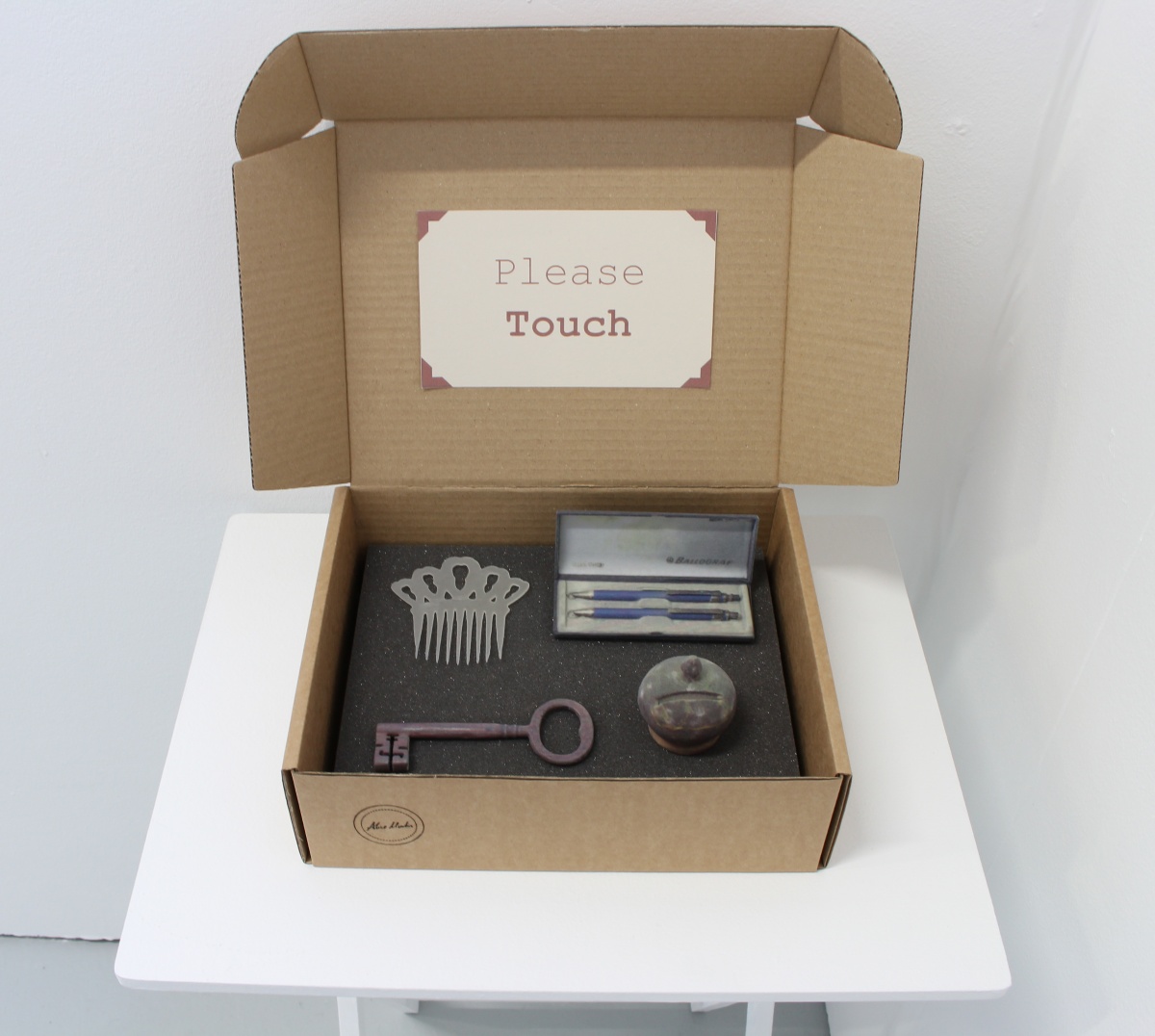The underlying subject of Alice Martin's practice is based on that of museology, she is fascinated by the visual and conceptual possibilities stemming from certain museological processes. Currently, Martin's artwork challenges the ideas of engagement, interaction, and experience through the roles of curation and artefacts. As a contemporary practitioner, Martin's intention is to question conventional ideas of representation with the hope to make the viewer less passive. Focusing on what a museum space could be and how an exhibit might be engaged.Ultimately, the artist's aim is to subvert the notion of the traditional museum and replace it with one which is less overwhelming and somewhat ambiguous.
1) Which art movement do you consider most influential on your practice?
I would have to say Conceptual Art and most recently New Media Art in relation to 3D printing.
2) Where do you go and when to make your best art?
During my time at art school, I would make my best art in the studio or in the workshops, as well as my desk at home. I tend to work better when I have a studio space, one where I can research, edit and create work. It allows me to fully focus on my practice and to think clearer in a welcoming environment.
3) How do you describe your 'creative process'?
My creative process is research-based as my practice is about the relationship between the artist and the museum. I'm interested in how the two areas cross over and the ways the artist can subvert traditional museological processes. I continually aim to change how the viewer experiences heritage and culture in order to create a new understanding. Exploring such themes as interaction, curation, replicas and value.
I start my process with an idea, I ask myself what I want my work to convey and what I want the audience to get from it. After this I undertake contextual research, I investigate the work of establishments and artists to gain inspiration. When I have gathered an ample amount of research I go on to experiment with a range of processes such as screen printing, drawing, photography, digital technologies and display. I'm interested in selecting the most appropriate medium for my concept, I want the material I choose to matter. I have no desire to make an artwork for the sake of it, there has to be a purpose.
4) Which artist, living or deceased, is the greatest inspiration to you?
I love the work of Mark Dion. There is a real sense of authenticity and preciseness to his work, which is something I try to achieve in my own practice. Dion often takes on the role of the archaeologist and scientist which he presents through his subtle taxonomic approach to art. It is the perfect example of interdisciplinary art which I find extremely inspiring.
5) If you weren't an artist, what would you do?
I don't really imagine there would ever be a time when I'm not making art. My career aim is to be an artist that works actively in the heritage sector so if I wasn't doing that perhaps I would work in the art department of a TV or film set.
6) What do you listen to for inspiration?
I like to mainly listen to indie folk music especially The Civil Wars. I also like musical theatre and I frequently have the Rent soundtrack on repeat.
7) If you could own one artwork, and money was no object, which piece would you acquire?
I would purchase La Boîte-en-Valise [Box in a Suitcase] by Marcel Duchamp.
8) If your dream museum or collection owner came calling, which would it be?
That's quite a hard question, there are so many museums and collections I would choose. I'm slightly leaning towards the Louvre, it's just such a treasure trove which seems endless. The space is incredible and overwhelming at the same time.
9) What is your key piece of advice for artists embarking on a fine art or creative degree today?
Embrace the fact that your initial ideas will develop and that your final outcome might be different than what you thought.
10) What is your favourite book of all time (fiction or non-fiction)?
I really enjoyed Figuring It Out by Colin Renfrew.
11) If you could hang or place your artwork in one non- traditional art setting, where would that be?
I think it would be cool to display a collection of pristine 3D prints in a derelict building or an excavation site, somewhere that creates a direct contrast with the work.
12) What was the biggest lesson your university course or time studying taught you?
To always evaluate every stage of a project and to take a step back and ask yourself, so what?
13) And finally, if we were to fast forward 10 years, where would we find you?
Hopefully, I'll have my own studio overlooking a scenic view and still be exhibiting fairly regularly. I would also like to work in the art/heritage sector at the same time in order to inform my practice and make it richer. It would be nice to have done a bit of travelling too.


